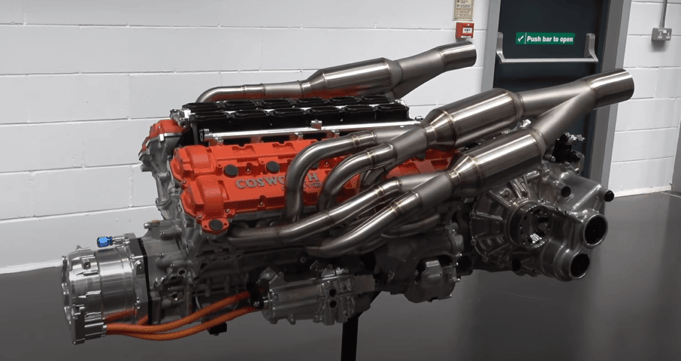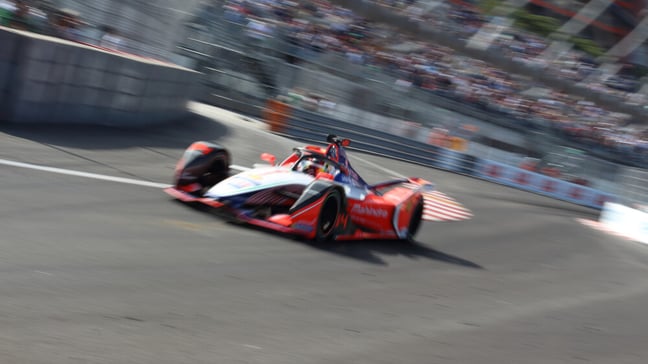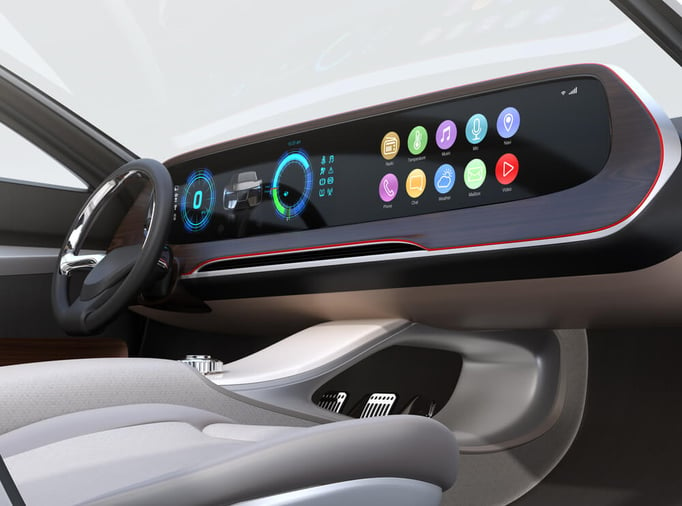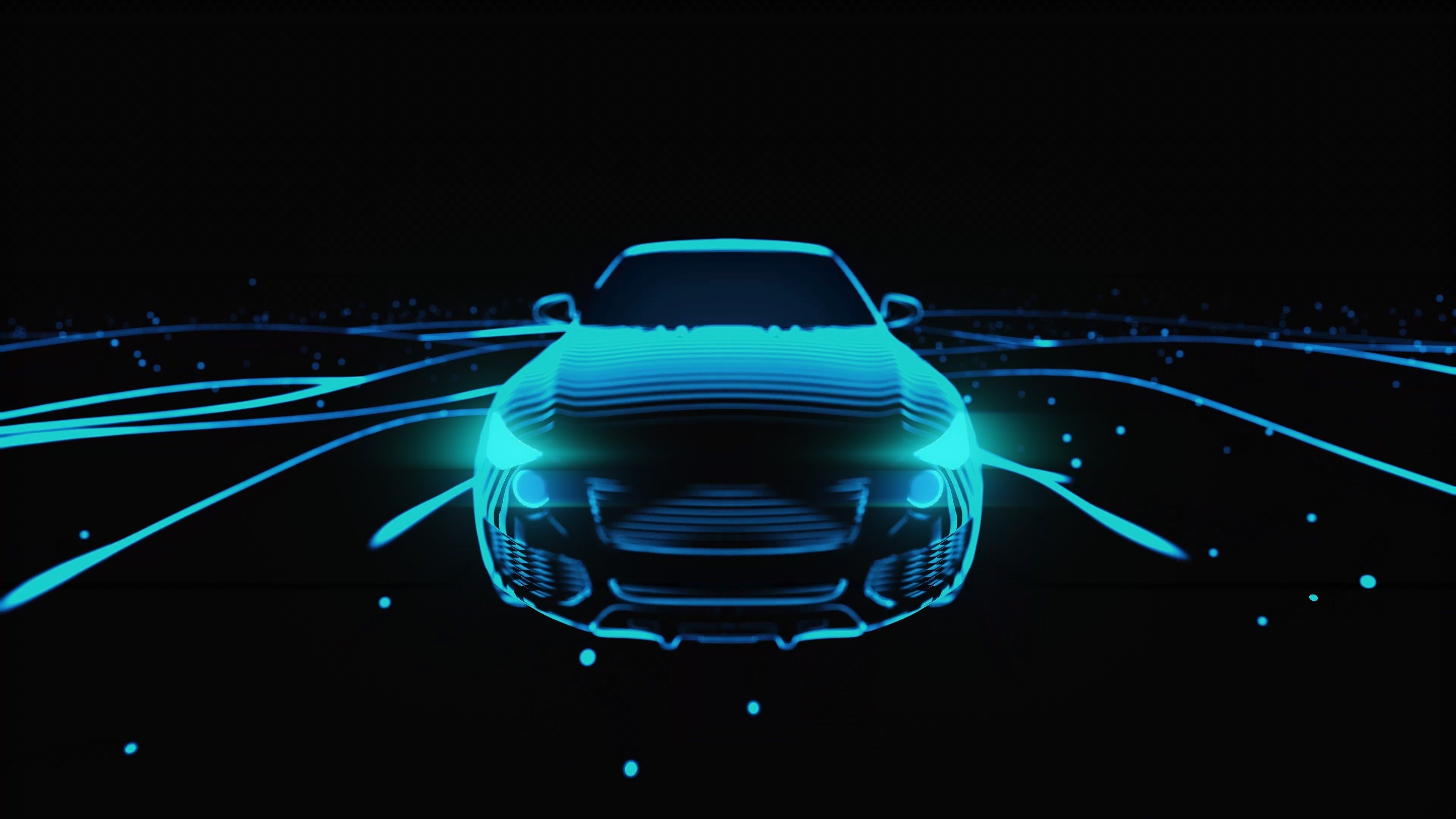- 07 September 2020
- Benny Har-Even
The second electric car revolution is almost upon us. The first, in case you were wondering, was in the 1960s, when, you may be surprised to learn, there were allegedly more battery-electric vehicles on the roads of Britain than the rest of the world put together. Impressive? Sort of. In typically British understated style the vehicles in question had a top speed of 15mph – why? They were milk floats.
Today’s crop of electric vehicles are somewhat more likely to float your boat. In 2016, the Tesla Model S briefly took the crown of “the quickest production car in the world”, and in 2020 the Telsa Model 3 dominates sales charts around the world, despite the pandemic. The rest of the car industry is not letting Tesla have everything its own way though and by 2021 the EV market is going to get serious, with a host of pure EV models from most major manufacturers, from Ford and Volkswagen to Jaguar and Mercedes Benz.
The question is then what does this impending revolution mean for companies that create semiconductor electronics IP? Imagination Technologies has been supplying intellectual property (IP) designs into the automotive industry for over 15 years and over that duration has enjoyed having as its customers two of the top three vendors for automotive SoCs, making it number one for market share for application processor GPUs. With its latest products, the XS GPU family, Imagination is focused on providing the compute power needed for next-generation use cases for advanced driver assistance systems (ADAS) and autonomous driving (AD) as well as the graphics capabilities to support the explosion of rich displays and graphics in the cockpit.
With this in mind, I spoke to several key executives at Imagination to discuss what this transition to EV means for suppliers of automotive GPU and AI IP. Is there any direct connection between EV and IP? Not according to David Higham, Imagination’s principal functional safety engineer. “From a personal perspective I think the technology [EVs] is very exciting,” says Higham, “and from an environmental perspective the more we can move away from burning fossil fuels the better for us all – but from a technical perspective it’s primarily only an opportunity for Imagination if you consider the integration of the electric power train system with autonomous drive.”
Jamie Broome, Imagination’s senior director of automotive business agrees. “You don’t need an electric drivetrain to do autonomous driving – the Uber/Volvo tie-up proves that,” he says. “What EVs are though is a catalyst for change. That’s why it matters to us. It moves us away from the era of inefficient systems in cars. Electric cars are much more efficient at using fuel and we only keep using fossil fuels as they are still relatively easy to extract from the ground.”
Indeed, Tesla’s mission statement speaks only of moving from fossil fuels to clean energy and makes no mention of self-driving technology. Electricity is indeed an inherently more efficient method of propulsion than petrol/gas. According to the US Environmental Protection Agency, EVs convert over 77% of the electrical energy from the grid to power at the wheels, while in comparison, gasoline vehicles only convert about 12%–30% of the energy stored in the fuel to power at the wheels.
Broome points out the combustion engine has been tuned and optimised for over 100 years but has now reached the end of life status. “BMW’s slogan is “The Ultimate Driving Machine” and that’s literally true. Its combustion engines are widely considered to be the best in the world but it’s the “ultimate” in the sense that it’s the last – it’s the end of the road for petrol, so all that R&D is irrelevant now.”

But what about the biggest issue that consumers have with electric cars: range anxiety? “Yes, it’s still a problem today,” says Broome. “I borrowed a BMW i3 recently and the charge was low and I knew it was going to be tight to get to work so I turned off everything; the radio, the air con, the displays – so only thing that was running was the engine – and I just made it. But that’s the thing – you’re trying to eke out performance and if you turn on your radio you lose a mile. But progress is being made every year on batteries and just as electric has outperformed combustion engines it will soon outlast them too.”
The drive towards efficiency
Efficiency then is the new important metric for cars particularly when autonomous driving capabilities are added into the mix thanks to the myriad sensors required, that add weight to a car and draw power directly, both of which negatively impact range.
“In the electric vehicle space, [for self-driving] you’re going to be using loads of compute power, so you’re trying to get the optimal charging cycles out of your batteries,” observes Andrew Grant, Senior Director, Artificial Intelligence at Imagination. He points to the work being done in the Formula E electric-based race series to optimise the algorithms that manage your battery – work that is translating to practical everyday EVs. There is synergy then between the trend for massively increased amounts of electronics in cars and Imagination’s focus on power-efficient designs.

One of the key problems that need to be solved in the number of electronic control units (ECUs) in cars used to control all of this. A typical car might contain over 100 different ECUs, with one for the electric windows, the in-vehicle entertainment, the fuel system, the surround view system, the sat nav, the EV drive train, etc. This means there’s a great deal of redundant processing in cars, which is not only a cost issue but bad news when you’re trying to eke out as much power as possible. The opportunity then, says Broome, is to consolidate ECUs where possible and logical, to encourage processor reuse (using technology such as virtualization) and employ technology that is designed to be highly power-efficient.
From engines to screens
Grant also echoes the thoughts of Broome when it comes to the end of the domination of the engine as a key distinguishing parameter for the car. “If you think of all those big Mercs, BMWs and Detroit cars, it’s all about the engine, but what we’re going to find is that when we all have the same electric motor on each wheel that excitement over the engine will have to be replaced by something else.”
That something else will be the features – what you can do in the car, be it ADAS for the driver or screens for the passengers (and eventually the main “driver” once full autonomy is in place) to watch a movie. In that sense the car will become more like a smartphone; a mobile computing platform.
Echoing this. Higham relates his experience of recently “test-driving” the new Honda E, which sports large displays across its dashboard. “One thing that struck me about it is that I’d rather be a passenger in it watching a movie than drive the car!” he says.

Sure enough, electric cars are commonly dominated by large screens, placed either centrally (most notably as per Tesla), or horizontally. Of course, this screen-based experience could be placed inside a vehicle with a conventional combustion engine drivetrain but in the aftermath of “Dieselgate”, it’s clear that this is not the way the automotive industry is heading. To save fossil fuels and reduce running costs, electric is the only way towards a green future.
As Imagination’s Chief Marketing Officer, David Harold, observes: “car manufacturers look at the state of the world and fossil fuels and the climate, and they realise that they run the risk of being the next Phillip Morris; i.e. tied to an industry that nobody wants to get behind.”
Is the electric car the new smartphone?
Harold has been with Imagination for over 20 years and has seen the company make the transition from focusing on desktop graphics to mobile and he sees a parallel between the success of the smartphone industry and the electric car.
“Users had their smartphones and then they got in their cars and saw this basic, slowly updating, ropey display with the navigation crawling along. And they asked, ‘why is my smartphone so amazing and my car so bad when my car cost me £35,000’, or whatever? It’s that expectation gap.”
Ultimately, the electric car is important for what it represents – namely, a world of new possibilities, away from fossil fuels and mechanical complexity to a streamlined, simple to use, but powerful smart device that literally surrounds us, that will take us where we need to go, smartly, quietly, efficiently, either manually or all by itself.






